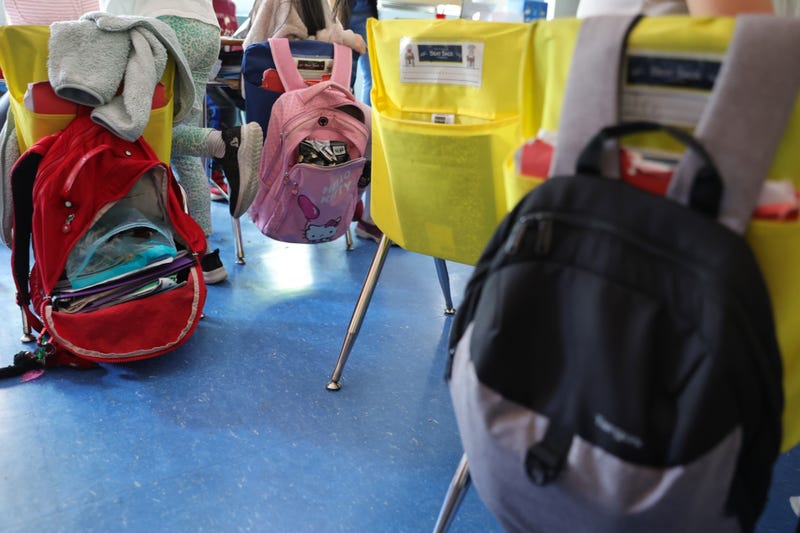
NEW YORK (BLOOMBERG) -- New York’s highest court threw out a lawsuit alleging broad discrimination against Black and Latino students in admissions to New York City’s most elite public schools.
The Court of Appeals in Albany ruled Thursday that the suing students failed to show they had been denied a “sound basic education.” A five-judge majority also said the plaintiffs failed to adequately allege discriminatory intent behind admissions policies for the City’s gifted-and-talented schools they claimed favored White and Asian students.
The decision, which overturns a lower appellate court’s ruling, comes as the gifted-and-talented program has become a major issue in the New York mayor’s race. Democrat Zohran Mamdani, the front-runner, has said he will end it at the primary-school level over concerns similar to those raised in the lawsuit.
A spokesperson for a lawyer representing the plaintiffs didn’t have an immediate comment on the decision. Representatives for the city and state didn’t immediately respond to emails seeking comment.
First filed in 2021, the suit sought an end to the screening process for the gifted and talented program. Students currently compete for access to gifted programs as early as kindergarten through testing and interviews. According to plaintiffs, the system advantages wealthier students and their “in-the-know” parents, who can pay for prep courses.
The suit claimed this resulted in a “pipeline” for White and Asian students to academically superior, better-resourced schools, while relegating Black and Latino students to more poorly maintained unscreened schools. The plaintiffs said this culminated in the paucity of Black and Latino students at the most elite city schools like Stuyvesant High School and Bronx High School of Science, which are considered among the best in the country.
The court’s majority called the suit’s allegations “vague and conclusory” and said it failed to show a causal connection between the conditions at some unscreened schools and admission policies for the gifted program.
But the decision was accompanied by a scathing dissent from Justice Jenny Rivera, who said the suit should be allowed to continue. The “entrenched segregated education system” described by the plaintiffs “has no place in our society,” Rivera said.
The suit “is a stunning indictment of the New York City public education system,” Rivera wrote. “And its allegations compel us to question whether education is the great leveler or whether it instead entrenches inequality.”
The suit was initially dismissed by a lower court judge before it was revived last year by a mid-level appeals court. The plaintiffs include the youth-led racial justice group IntegrateNYC Inc. as well as two parent groups and current and former public school students.
New York City’s public school system is the largest in the country, with more than 900,000 students. It’s also one of the most racially segregated, according to a report by the University of California, Los Angeles’ Civil Rights Project. In 2018, 90% of Black students and 84% of Latino students attended schools where a majority of the students were nonwhite.
The issue has for years been a flashpoint, particularly at the city’s specialized high schools, where students take an exam to gain admission. For the current school year, Black students received just 3% of the seats at specialized high schools, despite making up nearly 20% of the public school student population, and Latino students received 7% of the offers of admission, despite comprising more than 42% of the student population overall.
The case is IntegrateNYC v New York City, New York State Court of Appeals.
More stories like this are available on bloomberg.com.
